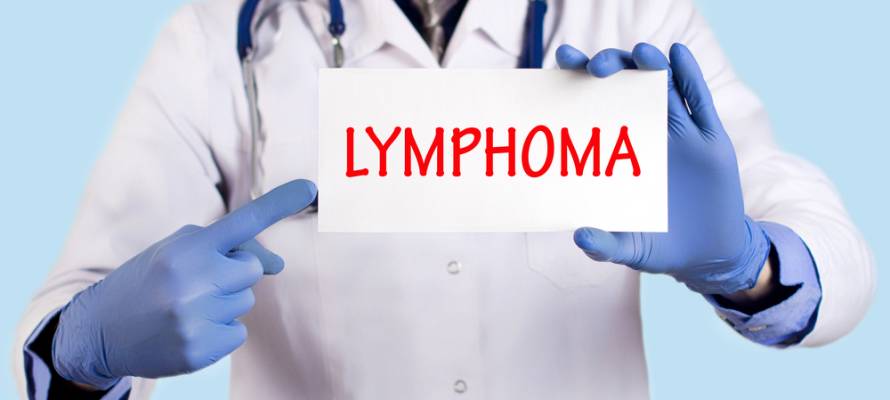Israel’s Tel Aviv University (TAU) has made a breakthrough discovery enabling doctors to treat the aggressive blood cancer Mantle Cell Lymphoma (MCL).
While this specific form of cancer is extremely rare, patients are typically given a prognosis of between five to seven years to live.
The discovery is the product of a collaborative effort with Harvard University Medical School, Sheba Medical Center, and Rabin Medical Center.
According to TAU Professor Dan Peer, who led the research, this particular form of cancer usually afflicts only 12-15 patients in Israel at any given time and around 3,000 patients in the US.
However, Peer said that his discovery of how to treat the rare disease may be applicable to other forms of cancer. “It is a proof-of-concept study. I really envision that this will be the future of medicine,” he said.
Peer, who has been involved with this research since 2008, explained that 85% of patients affected by the disease experience an overexpression of a protein called Cyclin D1, which causes the cancer cell to constantly divide and proliferate.
Peer said the second challenge of the research was to find a way to deliver the breakthrough treatment directly to the cells. “We designed a special way to silence this gene yet the problem involved not only finding a way to design this kind of drug but delivering it specifically to the cancer cell,” he said.
“The second tier of the study involved understanding how to deliver the treatment to the cells. We developed tiny liptic-based particles that can encapsulate those drugs and we gave them an address. They are like taxi drivers. They have cargo inside them and they have to deliver them to the right address,” Peer explained.
Clinical trials will not yet be conducted on the drug due to high costs. Moreover, Peer said that the researchers are first seeking to confirm whether their methods can be applied to other forms of cancer, such as brain tumors and ovarian cancer,
“If we can target this particular gene, then we can sequence patients, which means taking a sample of blood or saliva for DNA and then creating a new drug appropriate for each individual patient according to his or her DNA. I have a really good feeling about this,” he said.
By: TPS
